Greetings once again, fellow dog enthusiasts! It's Marsha back with more insights into the fascinating world of dogs and training. Last time, we delved into the realm of dog body language, exploring how our dogs communicate with us. Today, we're going to take a closer look at a specific aspect of canine communication—how dogs express their stress. When dogs find themselves in uncomfortable or distressing situations, they employ a variety of behaviors to convey their feelings to us and their fellow canines. These behaviors, known as calming signals, play a vital role in their social interactions.
Calming signals serve as a language of their own, aimed at diffusing potential conflicts, avoiding confrontation, and fostering a harmonious environment. Interestingly, many of the calming signals exhibited by dogs bear a resemblance to human behaviors in similar situations, shedding light on the universal nature of communication across species. For instance, human lip licking or biting of the lip can convey discomfort or an attempt to diffuse tension. These subtle resemblances highlight the common thread of non-verbal communication shared between humans and dogs, emphasizing the importance of attentive observation and empathetic understanding.
By recognizing and responding to these universal calming signals, we can bridge the communication gap between ourselves and our canine companions, fostering a deeper connection built on trust and mutual understanding. So, let's dig into the most common calming signals in dogs and unlock the secrets to better understanding our canine companions.
Lip licking
Lip licking is a common calming signal observed in dogs that can provide valuable insights into their emotional state. When a dog quickly flicks its tongue across its lips, it is often a clear indicator of stress or unease. This behavior can be seen in various situations, such as during encounters with unfamiliar people or animals, visits to the veterinarian, or when faced with potentially threatening stimuli. Lip licking serves as a communication tool for dogs, allowing them to convey their discomfort and attempt to defuse tense situations. By recognizing and acknowledging this signal, dog owners and handlers can respond appropriately by providing reassurance, giving the dog space, or removing them from the stressful environment. Understanding and respecting a dog's lip licking can contribute to a more compassionate and empathetic relationship, promoting their overall well-being.
Yawning
Frequent yawning, even when a dog isn't tired, can serve as an important indicator of anxiety or discomfort. Yawning as a calming signal is distinct from the typical yawns associated with sleepiness or fatigue. Dogs may exhibit repetitive or exaggerated yawns when they are feeling stressed or uneasy in a particular situation. This behavior is their way of attempting to self-soothe and communicate their emotional state to others. When a dog yawns in such circumstances, it can be a plea for relief from the perceived stressor or a signal to defuse potential conflicts. Recognizing excessive yawning as a calming signal allows dog owners and handlers to respond with empathy and take appropriate actions to alleviate the dog's anxiety. Providing a calm and safe environment, allowing the dog to take breaks or offering gentle reassurance can help to reduce their stress levels and promote their overall well-being.
Panting
Excessive panting in dogs, particularly when not attributed to physical exertion or warm temperatures, can be a significant indication of stress and serve as a calming signal. While panting is a normal physiological response to regulate body temperature, it can also be a way for dogs to cope with anxiety or discomfort. When dogs are in stressful situations, their heart rate increases, and they may pant excessively to cool themselves down. This type of panting is often more rapid and shallow compared to panting caused by physical exertion. By recognizing excessive panting as a calming signal, dog owners and handlers can respond accordingly by assessing the environment for potential stressors and taking steps to alleviate the dog's anxiety. Creating a quiet and secure space, removing the dog from the stressful situation, or providing calming techniques such as gentle massage or soothing music can help reduce the dog's stress levels and promote a sense of calmness.
Turning away
When a dog turns its head or body away from something or someone, it is a clear indication that it is not interested or comfortable with the situation at hand. This behavior is a subtle but powerful communication tool used by dogs to express their feelings and establish boundaries. By physically redirecting their gaze or body away, dogs are attempting to create distance and avoid confrontation. Turning away can occur when a dog encounters unfamiliar individuals, loud noises, or overwhelming stimuli. It can also happen during interactions with other dogs to prevent potential conflicts. Recognizing this behavior as a calming signal is crucial for dog owners and handlers, as it allows them to respect the dog's boundaries and provide a safe and supportive environment. Giving the dog space, removing them from the uncomfortable situation, and gradually exposing them to the source of discomfort with positive reinforcement can help them regain a sense of ease and build confidence. By honoring a dog's choice to turn away, we foster trust and promote their emotional well-being.
Shaking off
Shaking off, or the act of vigorously shaking the body as if to dry off, is another important calming signal exhibited by dogs. After a stressful or intense experience, dogs may shake their bodies as a way to release tension and reset their emotional state. This behavior is often seen after a dog has encountered a fearful or aversive stimulus, or following an intense play session. Shaking off can be a physical and emotional release, helping the dog to discharge excess energy and reduce stress levels. It is crucial for dog owners and handlers to recognize shaking off as a calming signal and allow the dog to go through this natural process. Interrupting or restraining the dog during this behavior can hinder their ability to recover from stress and may increase anxiety. Allowing dogs the space and time they need to shake off can contribute to their overall well-being and help them return to a more balanced state.
Avoiding eye contact
Avoiding direct eye contact is a common calming signal displayed by dogs, particularly in situations involving unfamiliar or intimidating individuals or animals. Dogs instinctively understand that eye contact can be perceived as confrontational or threatening. By purposefully avoiding direct eye contact, they are attempting to defuse tension and communicate their non-threatening intentions. This behavior is especially evident when dogs encounter dominant or aggressive individuals, as avoiding eye contact helps prevent further escalation. It is important for humans to recognize and respect this calming signal to ensure a positive interaction. Forcing eye contact can increase the dog's stress levels and potentially lead to defensive or fearful behaviors. Allowing the dog to initiate eye contact when they feel comfortable can help build trust and create a more relaxed environment for both the dog and the person or animal they are interacting with. Patience, understanding, and giving the dog the space they need are crucial when observing a dog's avoidance of direct eye contact.
Sniffing the ground
Displacement sniffing is another important calming signal in dogs. When dogs engage in sniffing the ground or their surroundings, particularly in situations that may be stressful or overwhelming, it serves as a way for them to divert attention or communicate their non-threatening intentions. By focusing on scent exploration, dogs can redirect their attention from potential stressors and signal that they are not a threat. Displacement sniffing allows them to create a temporary distraction while they assess the situation and determine the appropriate course of action. Since dogs sniff for all kinds of reasons, context is key in distinguishing whether a dog has found a really good smell, or as a signal of their non-threatening intentions. Recognizing displacement sniffing as a calming signal enables dog owners and handlers to respond with patience and understanding. Allowing dogs the time and space to engage in sniffing activities can help reduce their anxiety and provide them with a sense of security. By respecting their need to explore through scent, we can support their emotional well-being and promote a more positive and calming environment for them.
Freezing
Freezing is a significant calming signal observed in dogs, where they momentarily freeze in place, becoming still and tense. This behavior serves as a way for dogs to assess a situation and indicate their uncertainty or discomfort. When a dog freezes, it is often a response to perceived threats, potential danger, or unfamiliar stimuli. By remaining motionless, dogs aim to gather more information about their surroundings and evaluate the appropriate course of action. Freezing can be accompanied by heightened alertness, raised hackles, and focused attention. It is vital for humans to recognize and respect this signal, as interrupting or forcing movement can exacerbate the dog's stress or trigger defensive responses. Instead, providing a calm and safe environment, removing the source of discomfort if possible, and allowing the dog to make their own decisions can help alleviate their unease. Patience and giving the dog time to process the situation are key to fostering their trust and helping them feel more secure
Sneezing
Sneezing can indeed be considered a calming signal in dogs. While sneezing is often associated with respiratory irritation or allergies, it can also serve as a communication tool to diffuse tension or indicate a dog's discomfort. In social situations or during interactions with other dogs, a dog may emit a series of quick, non-congested sneezes as a way to communicate that they are not a threat or to signal submission. Sneezing can help de-escalate potential conflicts and promote a more peaceful interaction. It is important to note that sneezing alone is not always a reliable indicator of stress or anxiety, as dogs may also sneeze for other reasons. Therefore, it is important to consider sneezing within the context of the overall body language and behavior of the dog to accurately interpret their emotional state.
Play bow
A play bow is a distinct posture displayed by dogs, characterized by the front end lowered towards the ground while the hindquarters remain raised. This body language is often observed during social interactions and can serve multiple purposes, including initiating play and diffusing tension. When a dog performs a play bow, it communicates a friendly and non-threatening intent, inviting another dog or even a human to engage in play. The lowered front end and raised hindquarters position can indicate a willingness to engage in interactive and joyful activities. In addition to its role in play initiation, a play bow can also serve as a calming signal in potentially tense situations. By assuming this posture, dogs can convey their intention to defuse tension and establish a more relaxed atmosphere. Recognizing and responding appropriately to a play bow can help foster positive social interactions and create a safe and enjoyable environment for dogs to engage in playful behavior.
Understanding calming signals is a valuable skill for any dog owner or enthusiast. However, it's important to note that these signals can vary between individual dogs and contexts. To accurately interpret a dog's behavior, it's crucial to observe their overall body language and consider the specific context in which they're displayed. If you notice persistent signs of stress or anxiety in your dog, seeking guidance and support from a professional dog trainer or behaviorist is highly recommended. They can provide expert advice tailored to your dog's unique needs and help you create a tailored plan to address any underlying issues. By honing our understanding of calming signals and seeking professional assistance when necessary, we can foster a strong and healthy bond with our four-legged companions, ensuring their well-being and happiness for years to come.

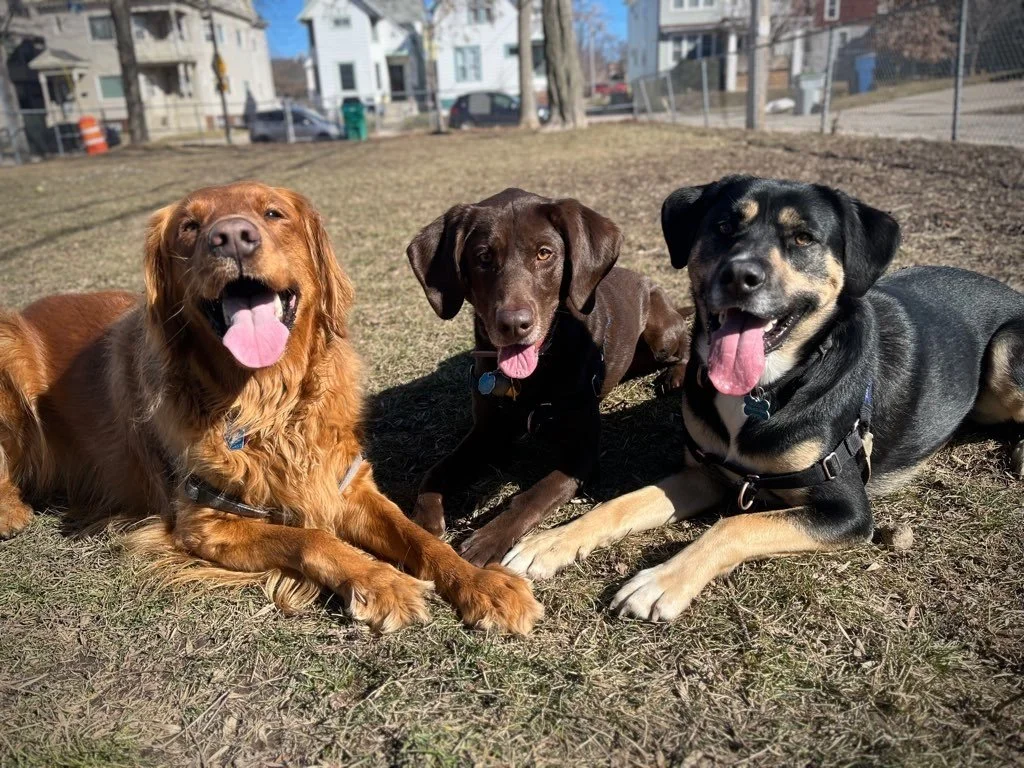
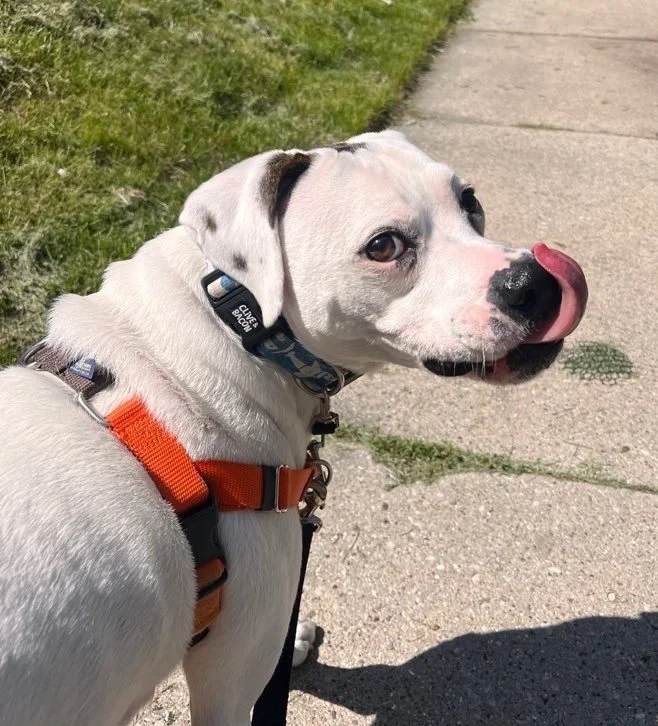

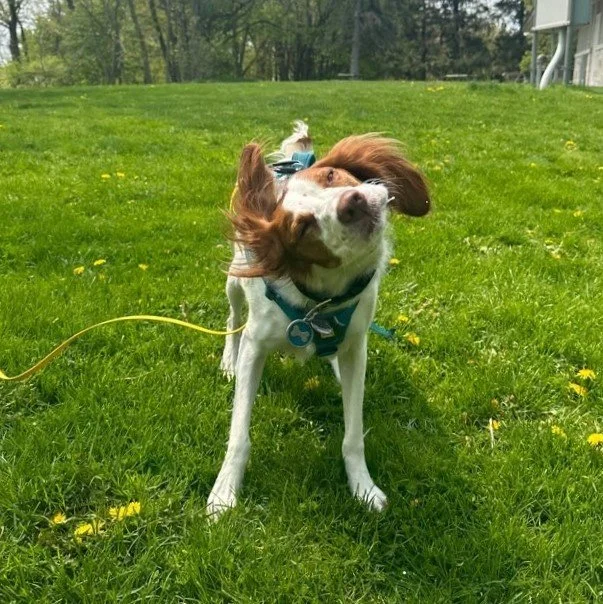
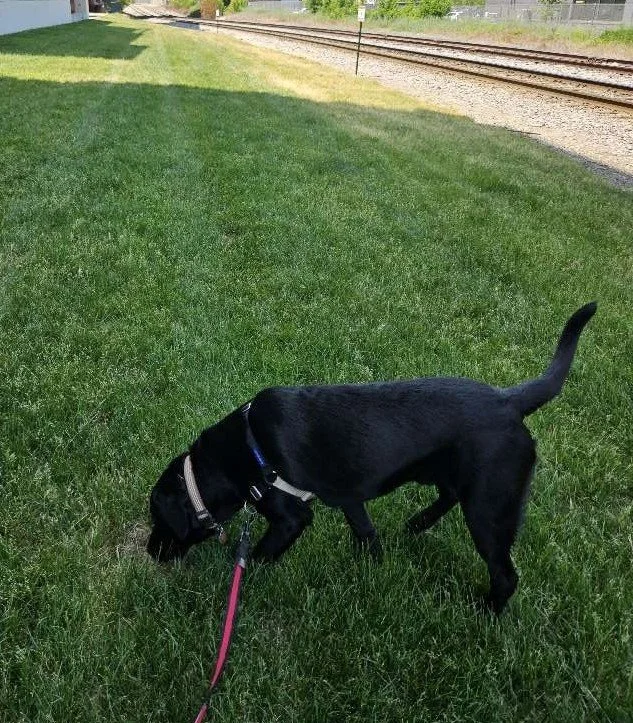
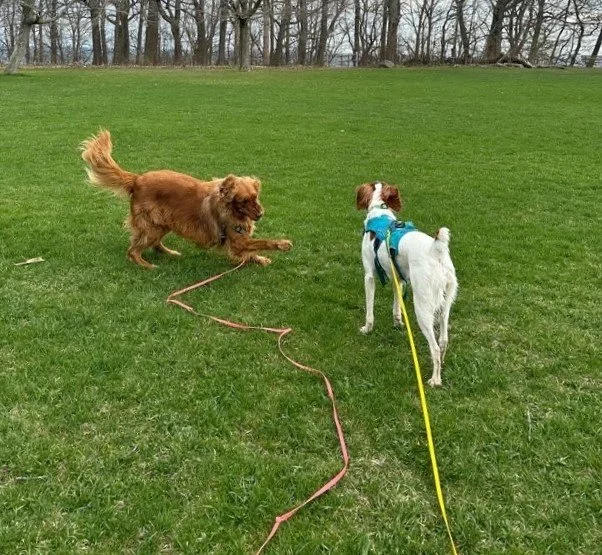

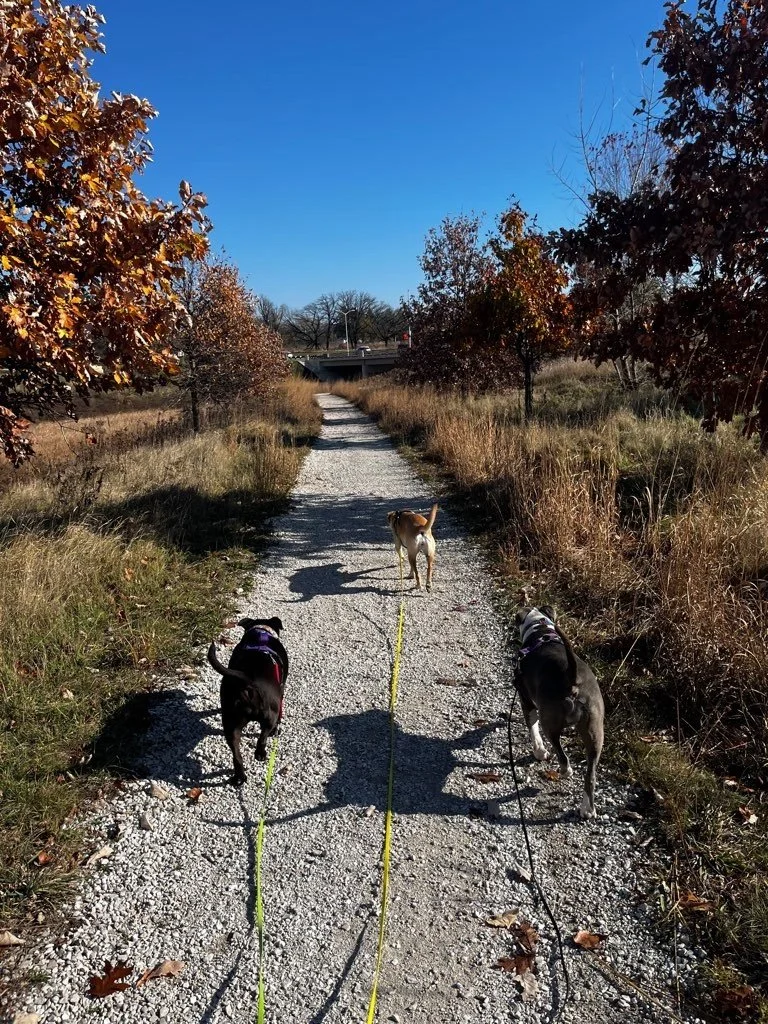
Dogs use appeasement gestures—subtle body language cues—to diffuse tension, avoid conflict, and express discomfort. Learn how to recognize these signals to better understand your pup’s emotions and strengthen your bond.